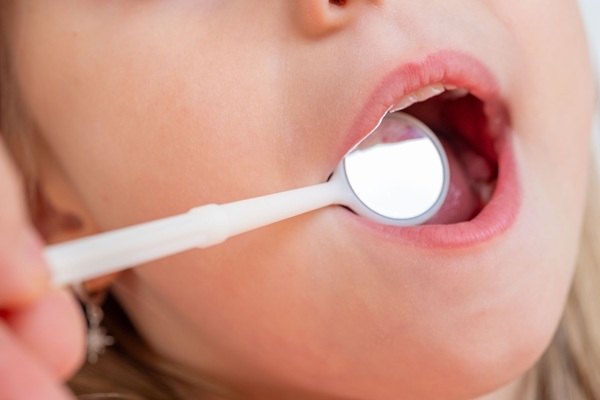 Dental sealants can improve your child’s pediatric dental health. Baby teeth may be temporary, but they are important. Primary teeth act as guides for the emergence of adult teeth. If you want to know how pediatric dental sealants can protect your child’s teeth against cavities, here are the details.
Dental sealants can improve your child’s pediatric dental health. Baby teeth may be temporary, but they are important. Primary teeth act as guides for the emergence of adult teeth. If you want to know how pediatric dental sealants can protect your child’s teeth against cavities, here are the details.
How pediatric dental sealants do the work
Pediatric dentists paint a liquid sealant on the child’s teeth. This liquid hardens after a few minutes. It then resembles a plastic coating. The sealant acts like a barrier that shields the child’s teeth. It seals the grooves, crevices, and flat surfaces of the teeth. Molars are the teeth that need these dental sealants most.
Dental sealants protect the child’s teeth from decay and cavities. Studies show that pediatric dental sealants reduce cavities by 80% two years after application. The protective layer protects the child’s teeth from 50% of cavities for about four years after application. Pediatric dentists recommend the application of pediatric dental sealants when the first molars erupt. This often starts at six years of age. The child will need another sealant treatment by age 12 when the second molars emerge.
The effectiveness
Pediatric dentists find dental sealants effective in protecting baby and adult teeth. Tooth decay is a common problem in children ages six to 11 and also teenagers ages 12-19. Pediatric dental sealants are important in preventive pediatric dental care. Dentists often combine these sealants with professional dental cleanings, dental checkups, and fluoride treatments. Home oral care practices of parents and children also help pediatric dental sealants become more effective.
Preventive pediatric dental sealants are better than having cavity treatments. Dental restorations, such as dental fillings, are more expensive. These treatments also take longer and are often more invasive. Teeth without cavities are healthier and stronger.
The benefits
Pediatric dental sealants do not take much time to have. Once the pediatric dentist gets the tooth ready, the tooth gets an application of the liquid sealant. It then dries in minutes. Getting dental sealants is also non-invasive. It does not involve drills or injections.
Dental sealants also help children retain tooth material. A solid tooth is a strong tooth. Cavities erode natural tooth material. This weakens the tooth, leading to bigger dental concerns.
The right time
Pediatric dentists recommend that children should get pediatric dental sealants by six or seven years old. Another application of dental sealants should happen again by 12 or 13 years old. These are the ages when kids are vulnerable to cavities. Pediatric dental sealants protect children who love to eat sweets. These are also for those who have difficulty flossing and brushing. The sealants can prevent bacteria from taking advantage of inadequate dental cleaning.
Pediatric dental sealants are important for your child’s oral health
Proper oral care starts with the right cavity prevention technique. Dental sealants can preserve the integrity of your child’s teeth. They can maintain your child’s oral health for at least a decade with proper care and maintenance. An appointment with your pediatric dentist can start your child’s lifelong journey to good dental health.
Request an appointment or call Parkside Pediatric Dentists at 925-504-4011 for an appointment in our Concord office.
Related Posts
Tooth damage, whether it occurs on a baby tooth or a permanent tooth, should be taken seriously. The right pediatric dentistry treatment can offer much-needed repairs, easing discomfort and restoring function. This is especially true when it comes to cracked teeth, which can be quite common among children.Many kids play sports or tend to be…
Pediatric dentistry can help your child prevent cavities. Early dental visits begin your child’s journey to better dental health. Oral exams and treatments can help counter any developing decay and cavities.If you want to know more about the benefits of preventing cavities early, here are the details.Pediatric dentistry recognizes the impact of oral problems on…
As a parent, you probably understand that pediatric dentistry is an important aspect of your child's overall health. However, you first need to deal with the teething process as the baby teeth emerge from the gums. It varies among babies, but teething typically begins around six months of age. Common symptoms include sore and irritated…


